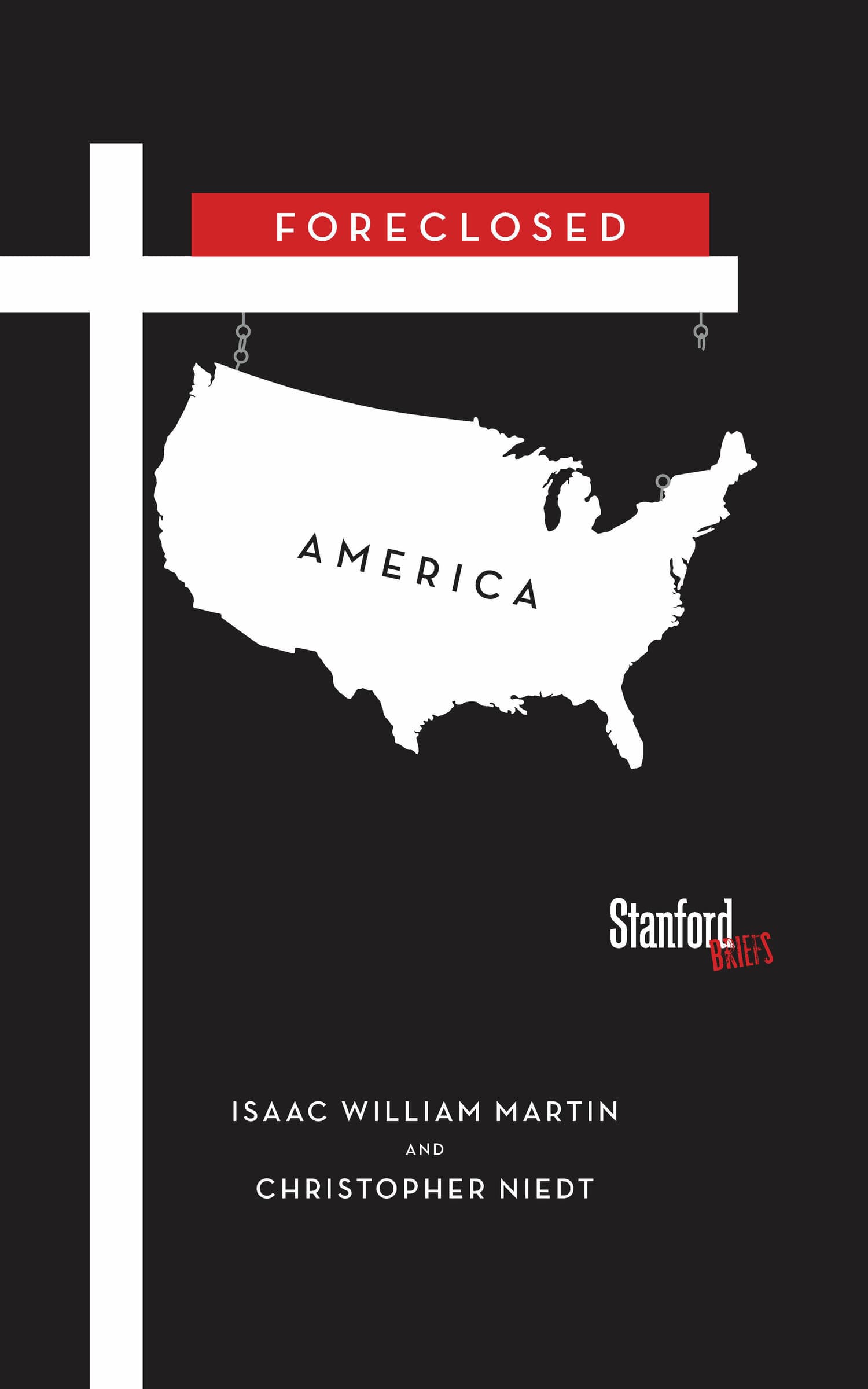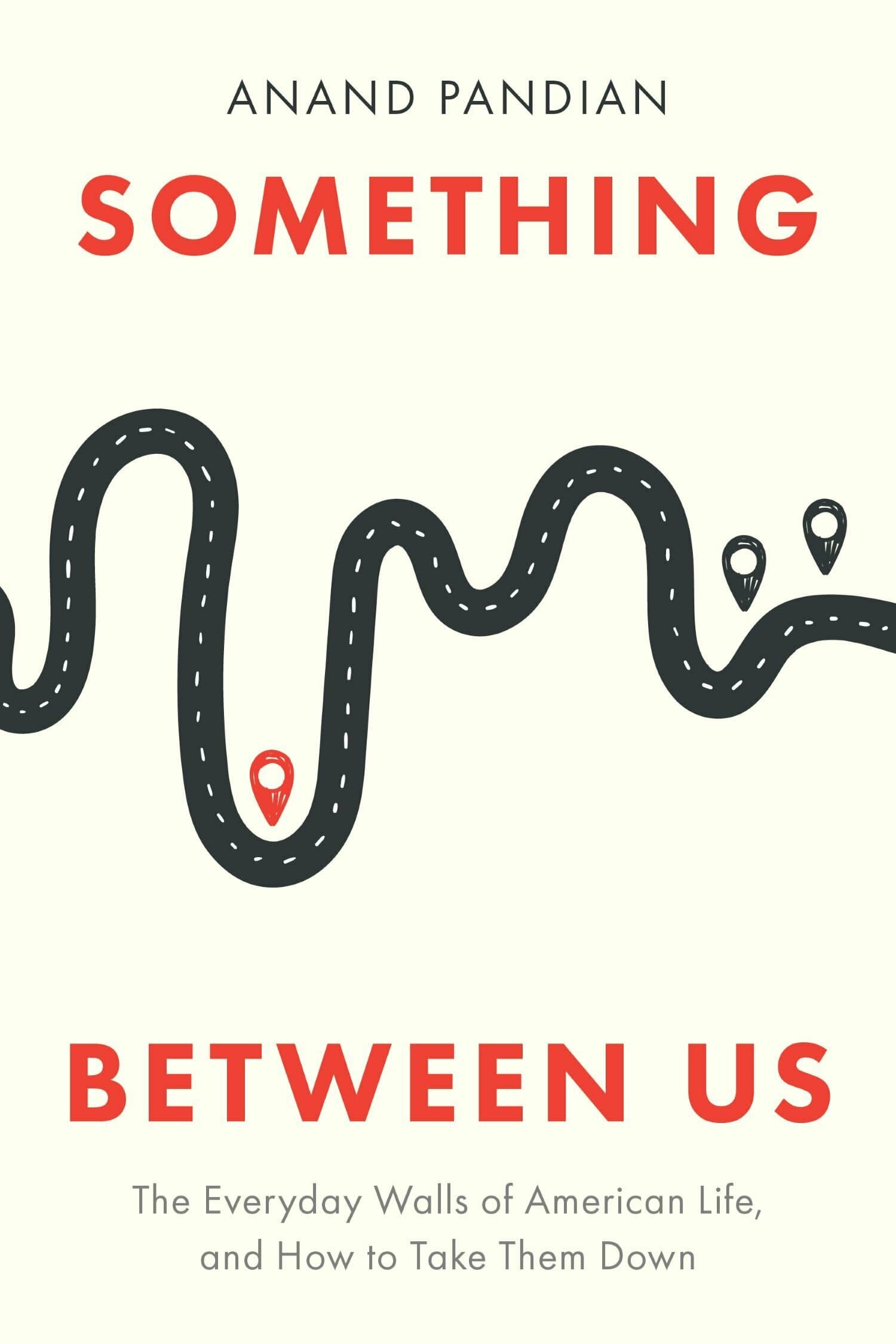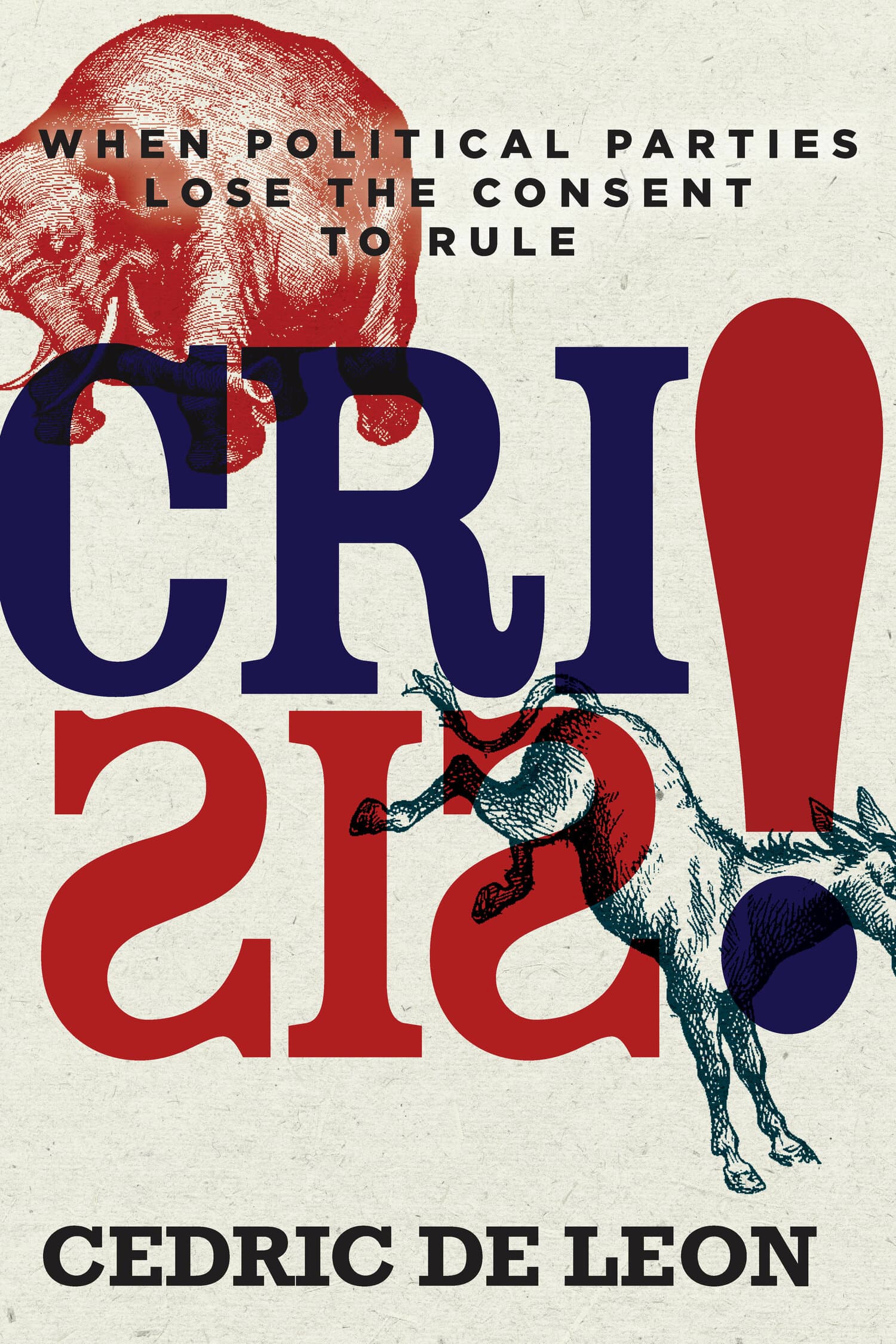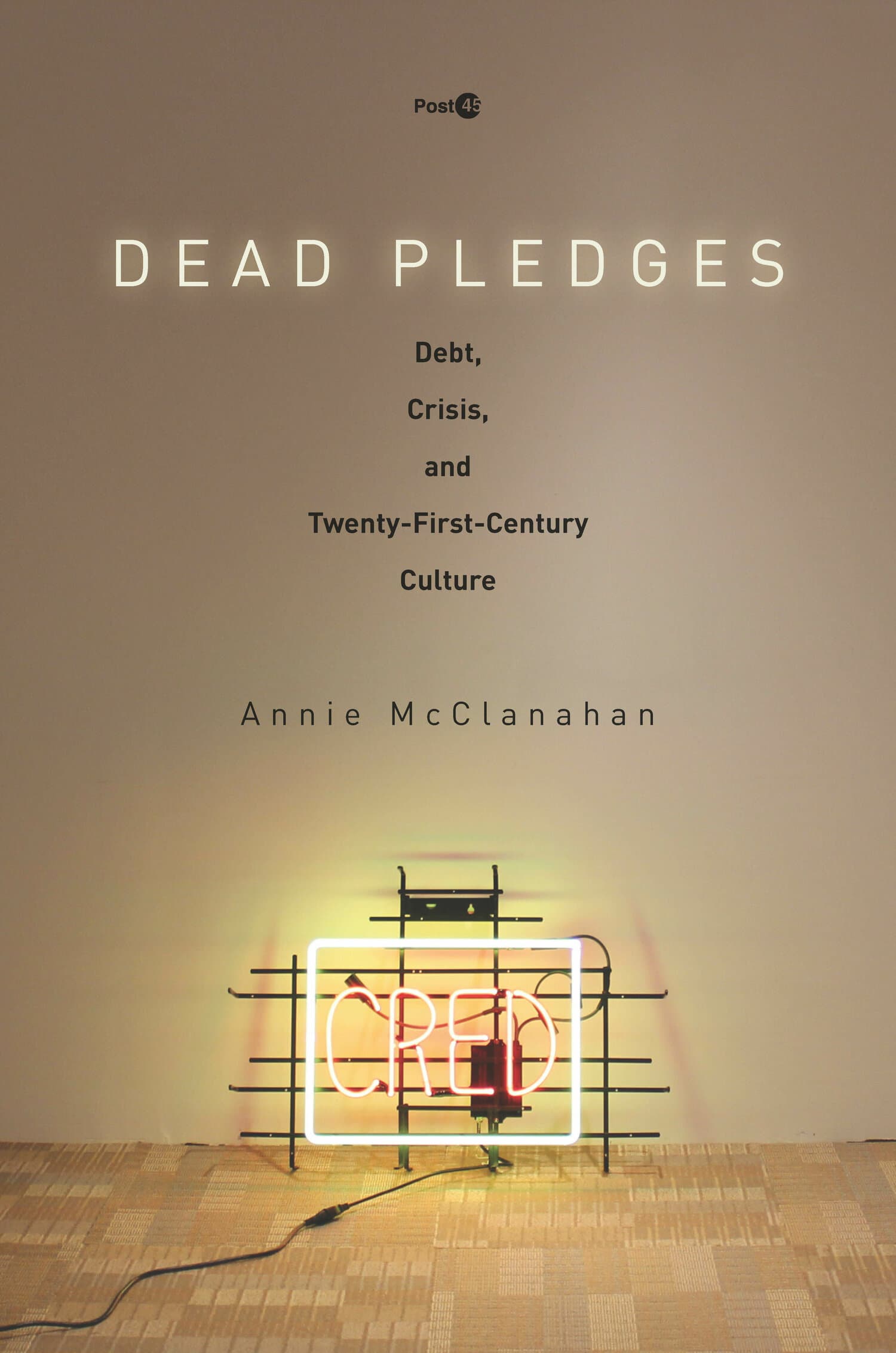Foreclosed America

From 2007 to 2012, almost five percent of American adults—about ten million people—lost their homes because they could not make mortgage payments. The scale of this home mortgage crisis is unprecedented—and it's not over. Foreclosures still displace more American homeowners every year than at any time before the twenty-first century. The dispossession and forced displacement of American families affects their health, educational success, and access to jobs. It continues to block any real recovery in the hardest-hit communities.
While we now know a lot about how this crisis affected the global economy, we still know very little about how it affected the people who lost their homes. Foreclosed America offers the first representative portrait of those people—who they are, how and where they live after losing their homes, and what they have to say about their finances, their neighborhoods, and American politics. It is a sobering picture of Americans down on their luck, and of a crisis that is testing American democracy.
"The losses suffered by Americans from the foreclosure crisis cannot simply be measured in dollars. The harms of home loss are to families, communities, society, and our political process. Foreclosed America takes a long overdue big picture look at the fallout from foreclosure."—Katherine Porter, University of California, Irvine School of Law, editor of Broke: How Debt Bankrupts the Middle Class
"Isaac Martin and Christopher Niedt offer the first examination of the human impacts of the foreclosure crisis, and in so doing speak to our collective failure to rise to the challenge of Wall Street's domination of our politics and public policy. In bringing these dispossessed and invisible homeowners into full view, Martin and Niedt call upon us to address once and for all the roots and impacts of the crisis."—Brian Kettenring, Co-Executive Director, Center for Popular Democracy




